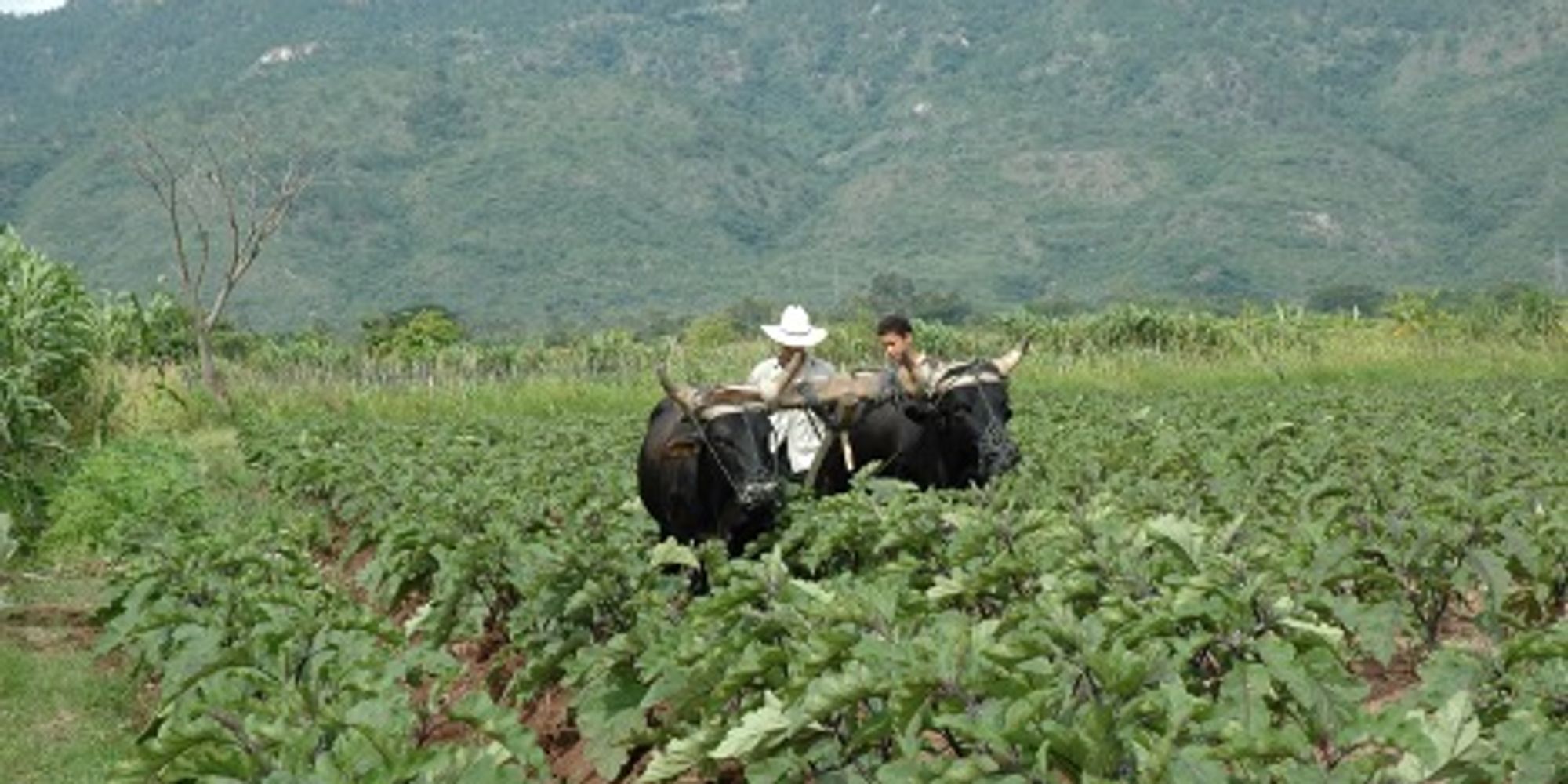From Farm to Canal Street
Chinatown may seem to be a unique ethnic enclave, but it is by no means isolated. It has been shaped by free trade and by American immigration policies that characterize global economic integration. Manhattan’s Chinatown demonstrates how a local market can influence agricultural practices, food distribution, and consumer decisions on a very broad scale.
In From Farm to Canal Street, I tell the story of how Chinatown's food network operates amid—and against the grain of—the global trend to consolidate food production and distribution. This work is based on 10 years of ethnographic research to recount the development of Chinatown’s food network that now includes multimillion-dollar farms near the Everglades Agricultural Area, tropical "homegardens" in South Florida and small farms in Honduras. Although hunger and nutrition are key drivers of food politics, so are jobs, culture, neighborhood quality, and the environment.



